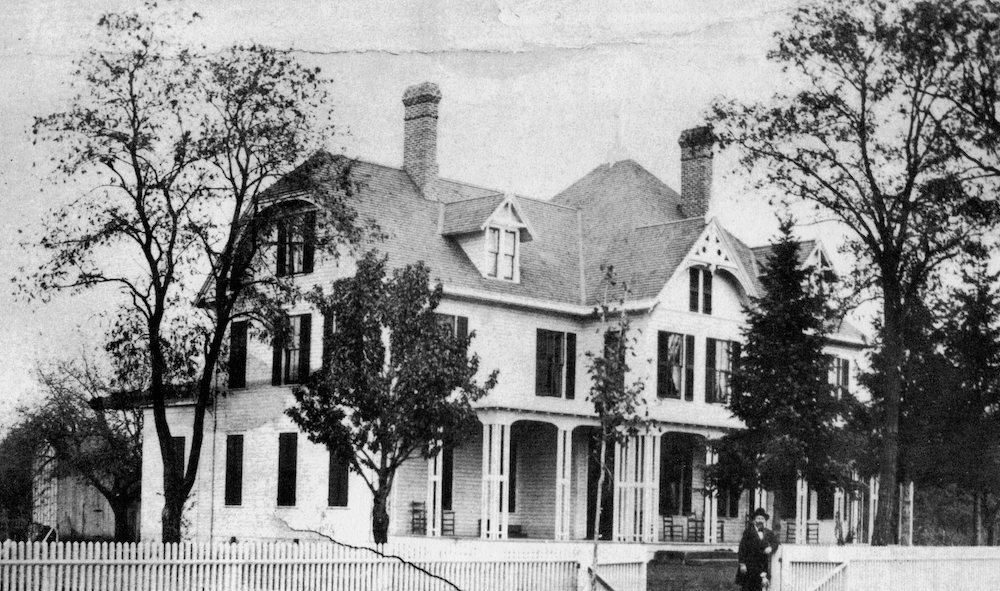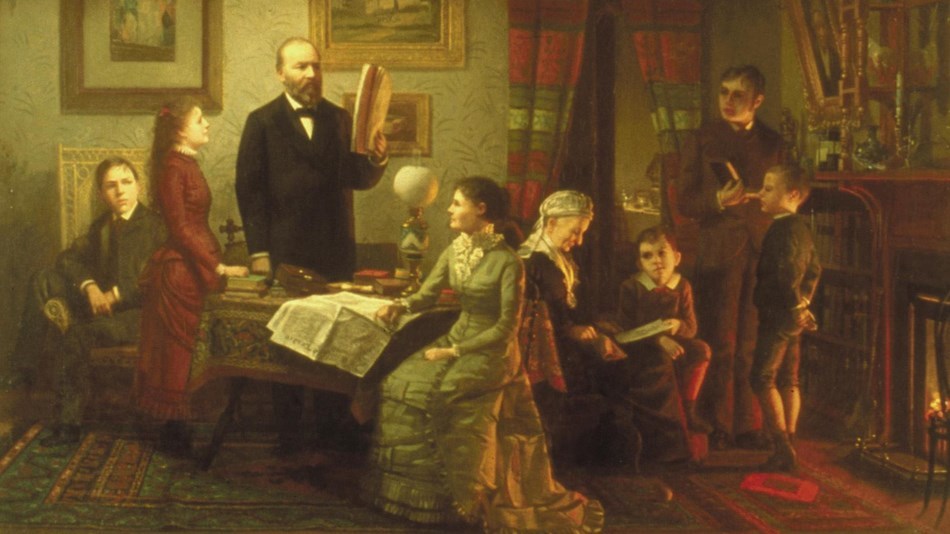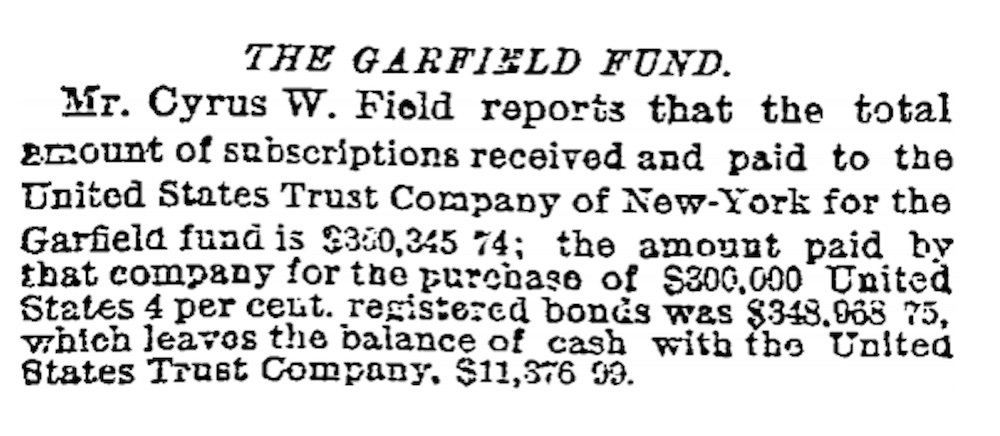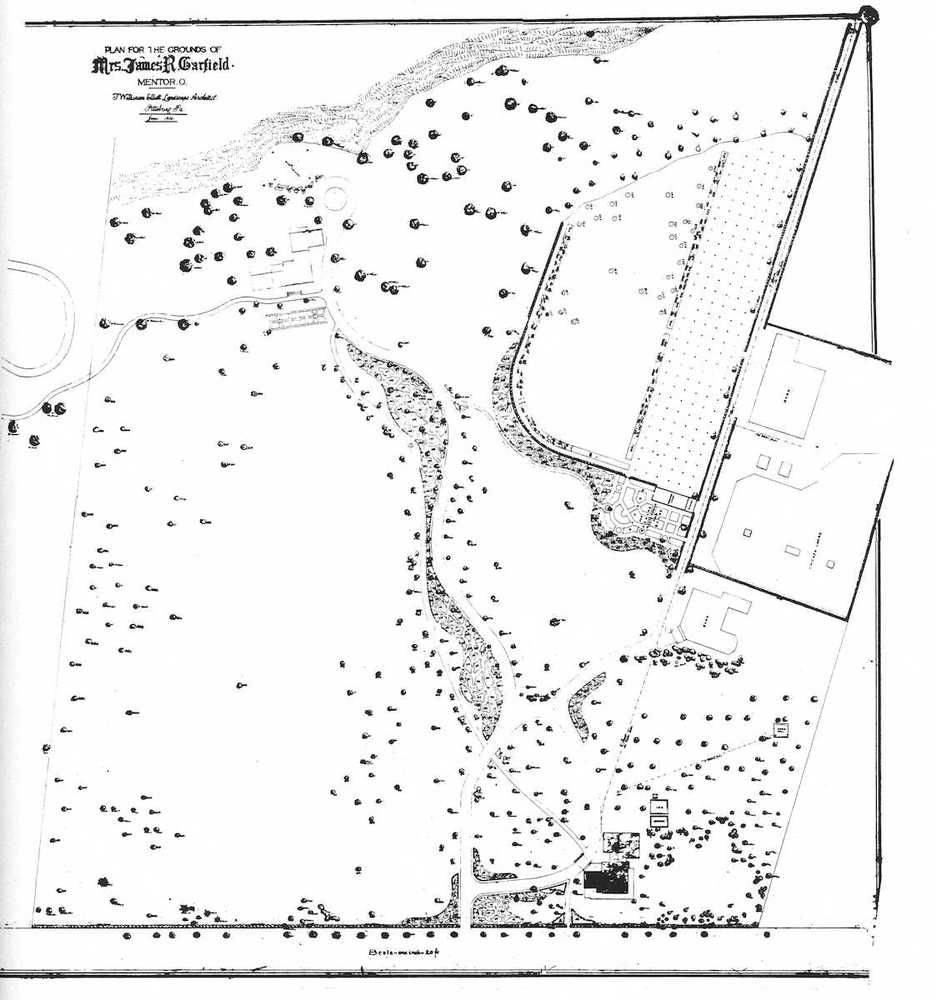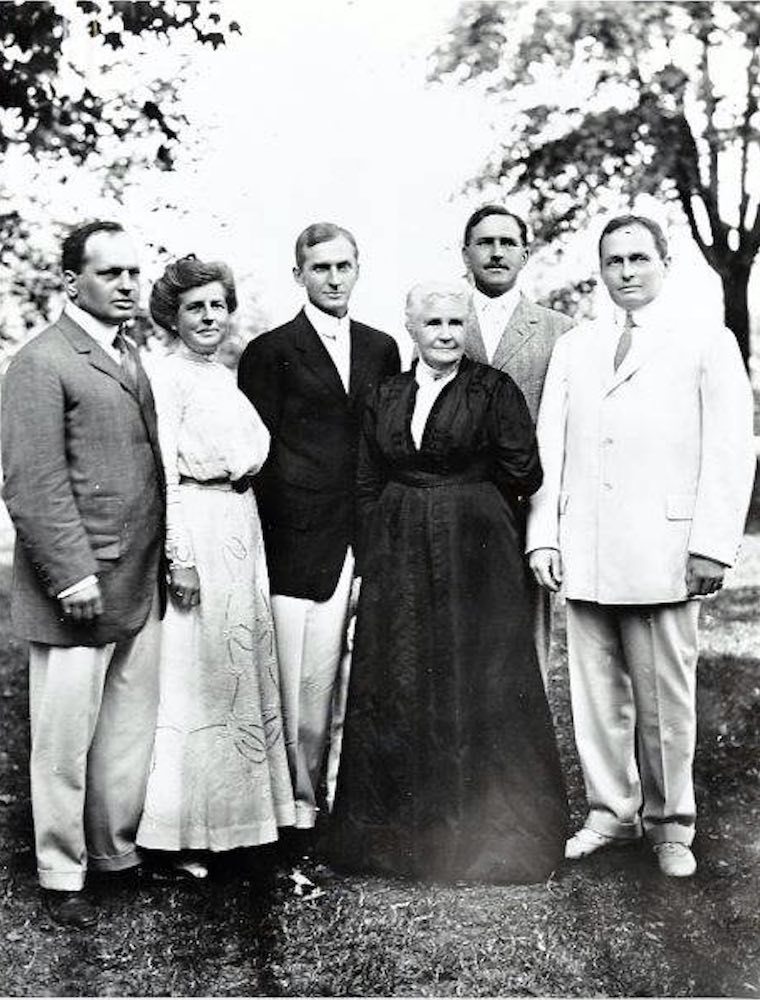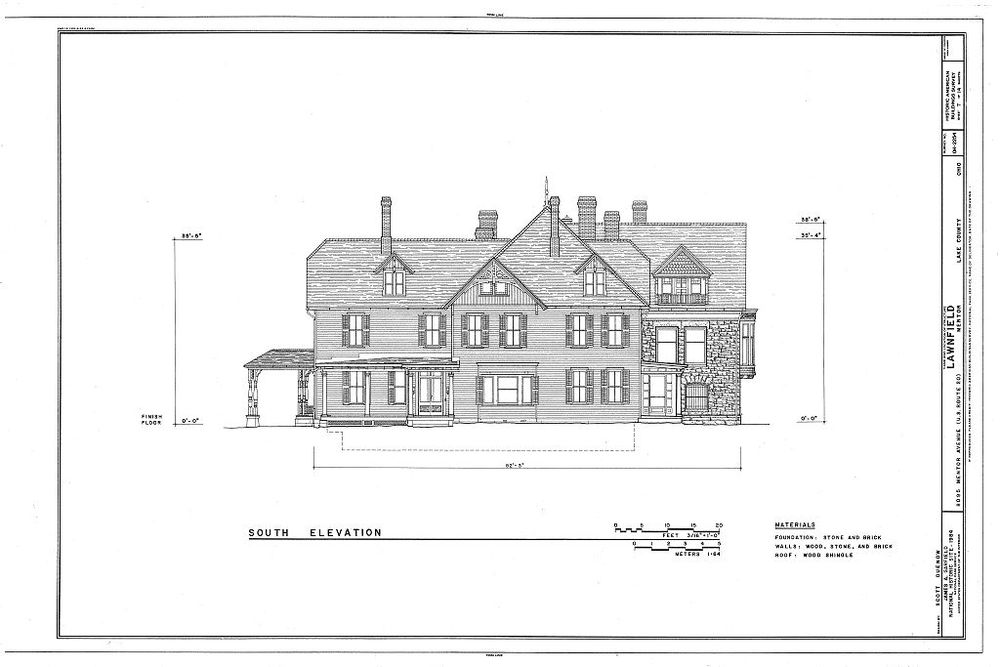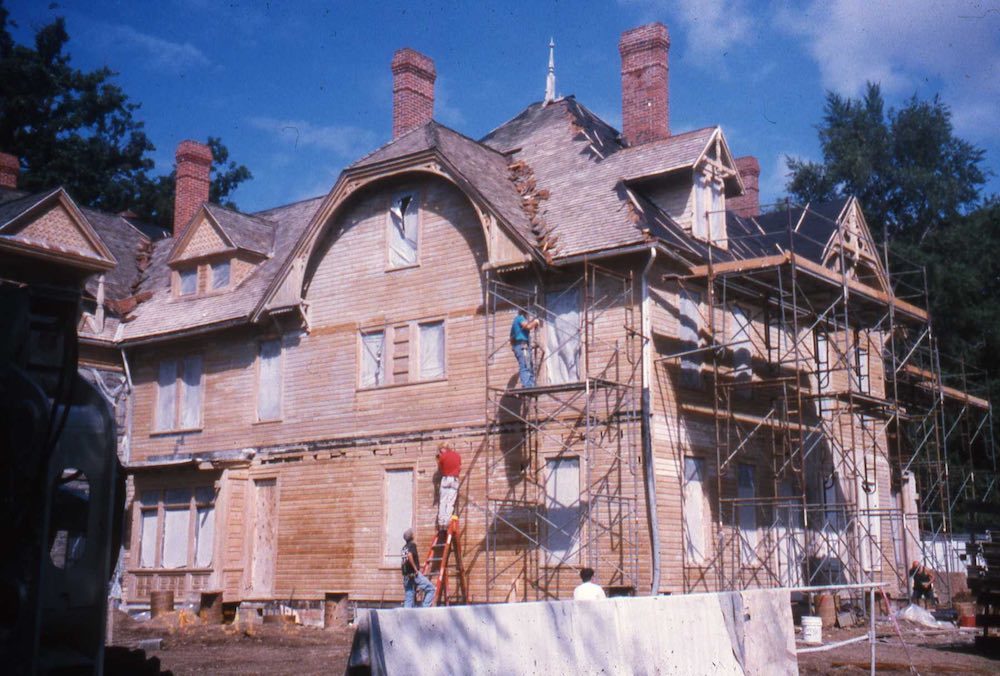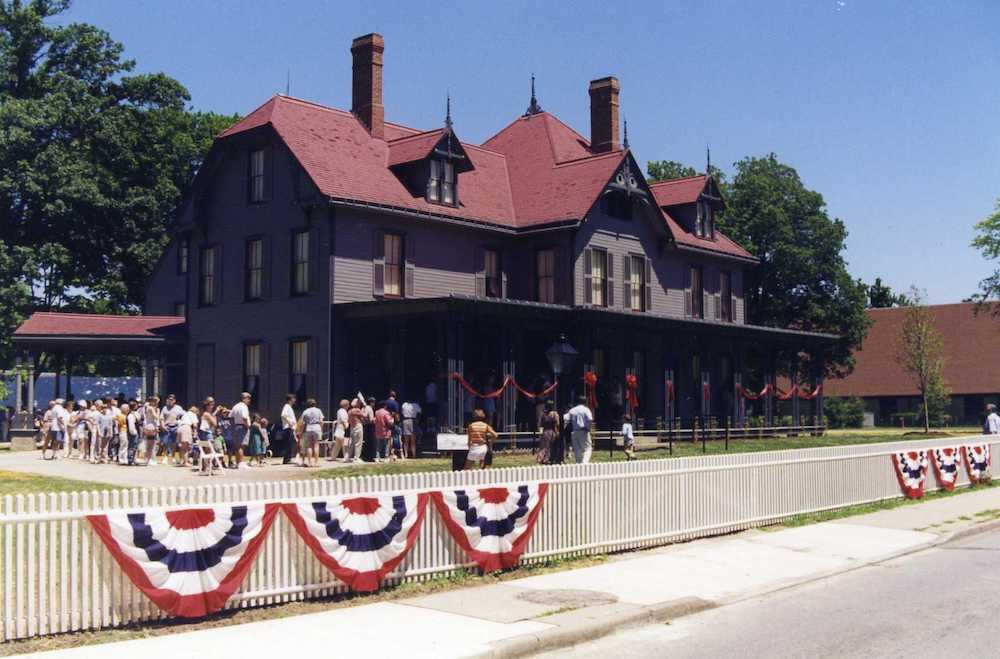James A. Garfield National Historic Site
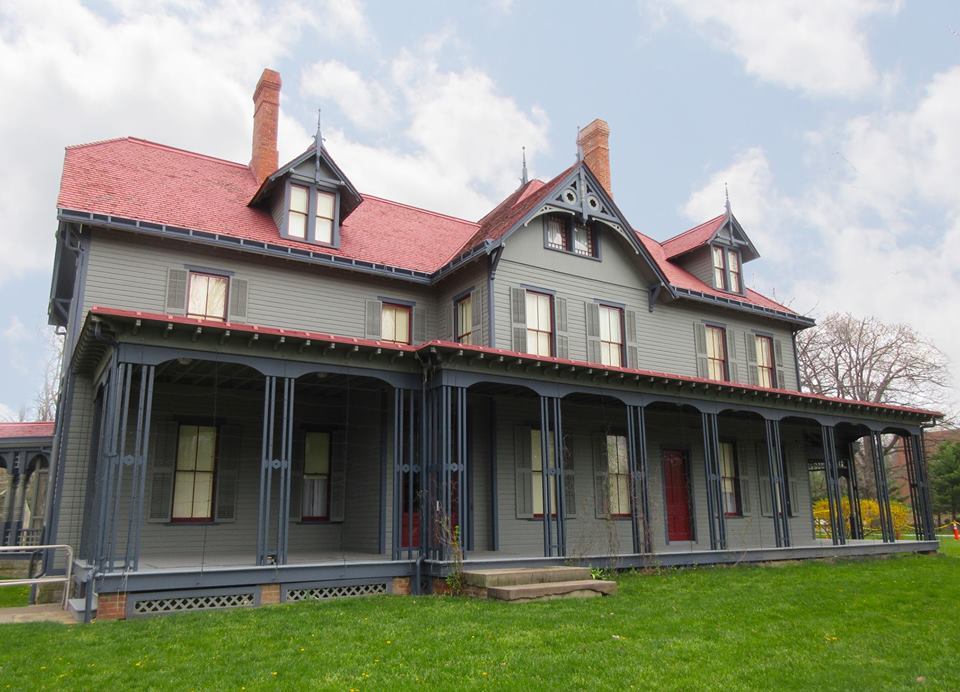
"Do you think my name will have a place in human history?" — James A. Garfield, 1881
In 1876, James A. Garfield was looking for a new home in his congressional district for himself and his family. He reflected in his diary, “Spent most of the day in examining some farms which are for sale. Made the Widow Dickey an offer of $115 per acre for her farm… and think it will result in a purchase. I must get a place where I can put my boys to work and teach them farming. I think this farm will always be worth the price I offer, and probably more by and by.” Mrs. Dickey sold her property to Garfield in 1876; a purchase Garfield never imagined would impact his family for decades.
In 1880, Garfield expanded the nine-room farm house to a twenty-room home. At this point in his career, he had been selected as the Republican candidate for the 1880 presidential election. As people learned of Garfield’s nomination, they started to come and visit. Initially, Garfield had been told by his political friends that it was not the responsibility of candidates to run their own campaign. Rather it was the political party’s job to run the campaign for him. Garfield ultimately decided to address the people coming to his home, and gave speeches on his front porch. As a result, Garfield is considered the first presidential candidate to run a front-porch campaign.
Garfield was inaugurated as president on March 4, 1881, and served until his death on September 19, 1881. Garfield was shot by an assassin Charles Guiteau on July 2, 1881, and lived for another eighty days. During that time, a subscription fund was created to help support his wife and the children. On October 15, 1881, when the fund closed, Lucretia Garfield was given a total sum of $360,000. She placed a majority of this money into savings bonds, leaving her with more than enough money to live on and to support her family. Garfield was eventually laid to rest at the Garfield Memorial, located in Lake View Cemetery in Cleveland.
The former First Lady moved the family back to the Mentor home. She had become very concerned about Garfield’s legacy, and feared that people would not remember him. A new addition to the house would encompass a grand memorial library to store all of Garfield’s books, as well as his personal papers. Besides the memorial library, the addition would provide kitchen space, servants' bedroom space, and a full third story. Changes were made to both the interior and the exterior of the house, and additional buildings were also added to the property to create a "country" estate aesthetic. As the Garfield children settled down with their own homes and families, their mother became worried about what was to become of her home. Her son Harry later reflected, “As mother remarked to us at one time, she would not have us make a white elephant of a home that had yielded so much to us…”
Lucretia Garfield died in 1918. What to do with the home became a great debate among the Garfield children. Although the siblings wanted to keep peace among themselves, they managed to find flaws in each other’s suggestions. When their Uncle Joe, who had been living in the home, died in 1934, the children were forced to deal with the situation head-on. The children ultimately decided that the best thing for the home and its contents, was to donate them as a museum for the enjoyment and education of future generations.
The Western Reserve Historical Society (WRHS) accepted the donation of the home, in 1936. The home opened to the public in August of the same year. In 1938 the WRHS decided to form a new chapter of their group. The primary responsibility of the chapter would be for the “preservation of historical documents pertaining to the county and article of historic interest with the idea of housing them in one central place, the President Garfield Memorial Home…” as well as the, “…stimulation of greater interest in the national shrine.” By 1955 the Lake County chapter of WRHS was incorporated and its name changed to the Lake County Historical Society (LCHS). The main interpretation done at the home for the next several decades consisted of house tours and pamphlet interpretation for visitors, with a museum on the third floor of the home. LCHS also used the Garfield home as a headquarters building and as a space to interpret general county history. The organization hosted larger events such as Civil War battle reenactments, patriotic remembrances for President Day, and even large holiday celebrations with Victorian decor.
Congress authorized the establishment of James A. Garfield National Historic Site (JAGNHS) as a unit of the National Park Service on December 28, 1980. The act permitted the site to enter into an agreement with the WRHS to maintain, operate, and interpret the historic property. The National Park Service completed ten years worth of historical research and documentation of the site. In 1984 LCHS moved to a new location. This meant that the Garfield home and artifacts were intact and in the home, but still in the care of WRHS. In the 1990s, Congress allocated $12.5 million for the restoration of the home and property. This provided funding not only for the restoration on the interior and exterior of the home, but also for the adaptive reuse of many of the historic structures on the property.
The restoration of the Garfield home was completed in 1998, and the site re-opened to the public. The site continued to be co-managed by the NPS and WRHS for the next ten years. It was not until 2008, due to heavy financial constraints, that WRHS decided to relinquish their operation rights to the NPS. After this occurred the site finally became a true National Park. The NPS has designated the period of significance for the Garfield home to start with James A. Garfield’s campaign in 1880, continuing past his death and through most of his family’s life in the home, up to 1904. This allows the Park to tell not only Garfield’s story and his significance to history, but also that of his wife and children, and what they did to honor his legacy.
Images


